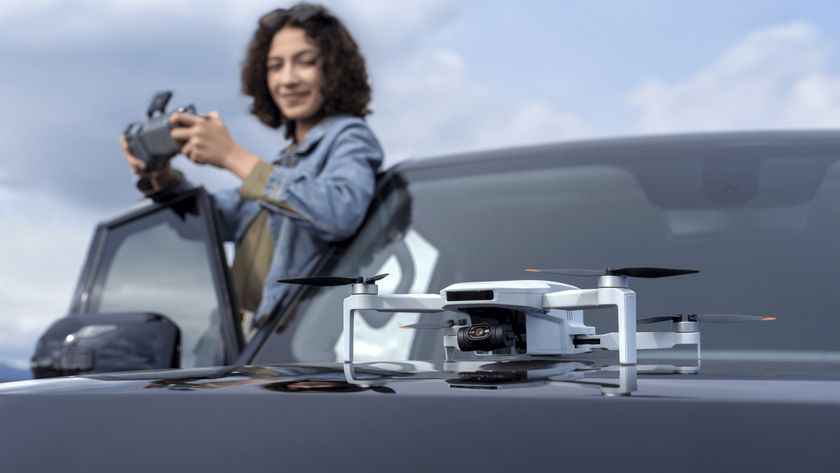TechRadar Verdict
A convenient use of robotics, but not a complete replacement for lawn maintenance.
Pros
- +
It maintains lawns automatically
- +
Lightweight design
- +
Setup and leave it
- +
Cheap running costs
Cons
- -
Can't avoid low obstacles
- -
Needs proper setup
- -
Doesn't mow edges
Why you can trust TechRadar
When it comes to menial household tasks that could really use the help of a small, robotic automaton, mowing the lawns is right up there with vacuuming.
While robotic vacuums have become somewhat normal, with companies like Roomba pioneering the market and major technology companies like Samsung and LG joining the fray, robotic lawn mowers represent a much less crowded marketplace.
It's true that robotic lawnmowers have been around for a few years, but the Landroid from Worx is notable for its $1,199 asking price, putting it into an affordable price bracket.
Powered by a 28 Volt Li-ion battery which takes about 1.5 hours to completely charge, the Landroid is technically capable of mowing a 1,000 square metre area on a single charge, although in reality it probably won't get that much mowing done.
Like other robotic lawnmowers, the Landroid uses spinning razor blades to slice the top of the grass, as opposed to traditional mowers which hack the grass.
The idea is that regular slicing of the grass both reduces the stress on the lawn, and as an added benefit fertilising it with the grass cuttings.
But is it worth it? Does the cost of a $1,200 lawnmower pay for itself? The answer, ultimately depends on your lawn.
Design
The Worx Landroid M is a compact little beast. At 8.5kg, it's light enough to pick up and carry around (not that you'd want to, really).
More importantly though for that weight is the fact it can drive around on your lawn after a downpour. Where a traditional mower, with its big heavy blades and metal body, gets bogged down in the moist earth, the Landroid's lightweight body practically glides across as it slices.
The compact 55 x 37 x 26cm frame means that the Landroid stays fairly discreet while it's doing its job. It's small enough to work its way around narrow passages, although that does depend on just how narrow the passage is.
The Landroid also has enough grunt to get it up and down inclines of 20 degrees, which should be enough for most yards out there.
From the outside, the most notable aspect of the mower is the massive "Stop" button towards the back. Above it, a weatherproof casing covers the Landroid's main controls, which include dedicated buttons for Start, Power, finding the charging base and a numeric keypad, among others.
A small LCD screen also sits here, giving feedback on how much charge is left, as well as letting you program everything about the mower's performance.
Lifting the Landroid up (which automatically stops the mower from working, but more on that later) reveals a trio of razor blades. The blades have a diameter of 18cm, which is fairly narrow, but given it's mowing for you, the extra ground it covers doesn't equate to extra work for you.
It does act as an additional safety feature though, as the blades are nowhere near the edges of the mower, making it nigh on impossible to lose a digit if you try and pick up the Landroid mid-mow.
The traditional Worx orange and black colour scheme works well, making the mower highly visible. Of course, that's not going to make too much of a difference if you have it running at night, but at least it doesn't look terrible.
The other major component of the Landroid is its base station. The black plastic base isn't going to stand out as the highlight of your lawn – it has a weird handle on the side which seems kind of pointless given the plate is screwed down into the earth.
The base plate features two metallic prongs which act as the charging mechanism. When the mower is running low on juice, it follows the boundary wire around until it returns to the base plate, and inserts the two prongs into the front to charge.
Cleverly, the mower can back up and change angles if it doesn't come in right first time, so keeping it charged generally isn't a concern.
Most Popular








